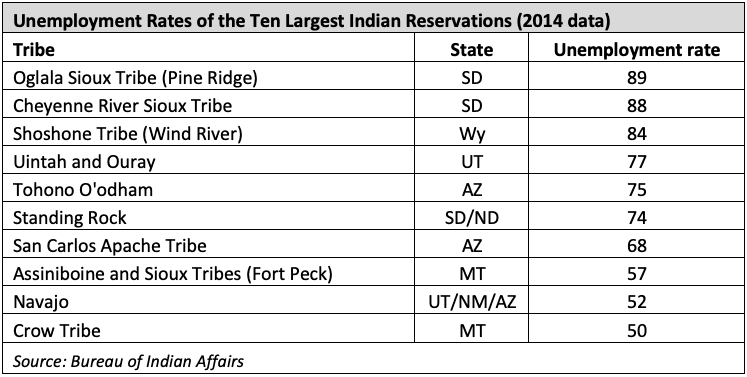A: As you noted, various players have been active lately. Last week the United States Department of Agriculture (USDA) approved regulatory plans for four tribes (the Colorado River Indian Tribes, located in Arizona and California; Fort Belknap Indian Community, in Montana; Iowa Tribe of Kansas and Nebraska, respectively; and the Yurok Tribe, in California).
Through passage of the 2018 Farm Bill, the USDA was authorized to develop a federal regulatory program for hemp production, including oversight and approval of plans submitted by states and Indian tribes in accordance with the U.S. Domestic Hemp Production Program. To date, six states (including Delaware, Louisiana, Nebraska, New Jersey, Ohio, and Texas) have likewise received USDA approval.
Taken together, the tribes represent a combined 14,565 people among (according to 2010 U.S. Census figures) some 5.2 million Native Americans in the United States overall. If taken among the 2.9 million of those identifying exclusively as American Indian or Alaska Native, the combined population of hemp-involved tribes would total one-half of 1%.
Regardless, Native American tribes are looking at hemp as a tool for economic development. By and large, Native American communities have not benefited from the broader U.S. economic recovery which has led to historic low unemployment, even among low-wage workers. Many Native American communities have seen significant, long-termed structural unemployment, and are wondering whether cannabis can provide some substantive relief.

New Frontier Data's Senior Economist Beau Whitney recently met with the Navajo Nation's economic development team to discuss hemp cultivation and other economic development issues. The Navajo Nation is the country's largest Native American tribe (including more than 367,000 members), with more than two-thirds (68%) living on tribal lands. While the tribe has access to many natural resources, the Navajo Nation's unemployment rate exceeds 50% while the overall U.S. average stands at 3.5%.
By the U.S. Census Bureau's own estimates, "American Indians and Alaska Natives living either on reservations or in Native villages were undercounted in the 2010 Census by approximately 4.9%, more than double the undercount rate of the next closest population group."
As Whitney noted, "Native American communities are really struggling right now, and are looking for options to increase employment and labor participation outside of traditional industries. Legal cannabis is one option among many that may be quickly deployed to drive economic and employment activity. Tribes have more flexibility in some circumstances to implement favorable local permitting and zoning policies that can put them at a competitive advantage relative to the other regulated hemp programs in their states at large."

Many tribes are taking a wait-and-see approach to developing hemp and cannabis programs. As with the general U.S. population, there remains confusion among some regarding the compositional difference between hemp and marijuana in terms of THC (the psychotropic compound of the latter), and others are looking to other tribes for help figuring out the complex issues associated with operating in the cannabis space (including hemp) as a sovereign nation that also must negotiate with the U.S. federal government. For now, the seven hemp-involved tribes represent potential first movers in the space, and are poised as a step toward helping improve the socioeconomic standings of Native Americans throughout the U.S.
The post Ask Our Experts: Hemp and Native American Tribes appeared first on New Frontier Data.
The preceding article is from one of our external contributors. It does not represent the opinion of Benzinga and has not been edited.
Image Sourced from Pixabay
© 2025 Benzinga.com. Benzinga does not provide investment advice. All rights reserved.
Trade confidently with insights and alerts from analyst ratings, free reports and breaking news that affects the stocks you care about.
Cannabis is evolving – don’t get left behind!
Curious about what’s next for the industry and how to leverage California’s unique market?
Join top executives, policymakers, and investors at the Benzinga Cannabis Market Spotlight in Anaheim, CA, at the House of Blues on November 12. Dive deep into the latest strategies, investment trends, and brand insights that are shaping the future of cannabis!
Get your tickets now to secure your spot and avoid last-minute price hikes.